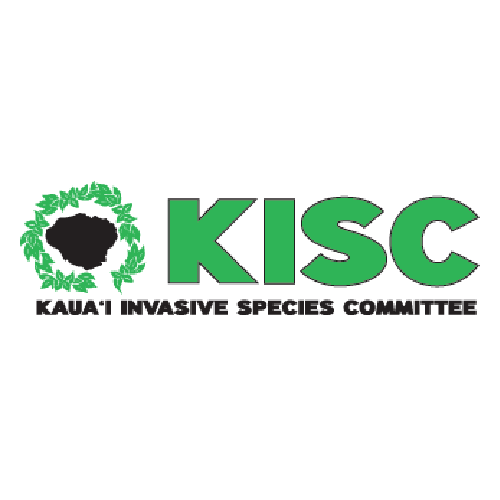Family: Brassicaceae
Sinapis alba (white mustard, yellow mustard) is an annual herb that is widespread worldwide but probably originated in the Mediterranean region. White mustard is cultivated for its seeds, which are used in various culinary applications and for their oil content. White mustard is also grown as a cover crop in agriculture to suppress weeds and protect against soil erosion. It is known to suppress nematode populations in the soil. Nematodes are microscopic roundworms that can be harmful to crops. The natural compounds released by white mustard can disrupt nematode life cycles and reduce their numbers. However, this plant should be treated with care as the seed contains compounds that can cause irritation to both the skin and mucous membranes. There is a potential for the plant to become poisonous after the seedpods have developed. This plant has not been documented as naturalized in any Hawaiian Islands to date.
High Risk Traits:
- Broad climate suitability
- Widely naturalized (but no records in the Hawaiian Islands to date)
- A cultivated crop that often escapes and may become a weed in other crops (but impacts are generally not explicitly documented)
- Other Sinapis species are invasive weeds
- Allelopathic
- Quite toxic - animals eating seeds or grazing plants in fruit may suffer severe distress and die in a few days
- Plants may also be toxic or allergenic to humans
- Tolerates many soil types
- Reproduces by seeds
- An annual, reaching maturity rapidly
- Seeds dispersed intentionally and accidentally by humans, and externally by animals
- Seeds may also be spread as a contaminant in other crops
Low Risk Traits:
- Valued as a palatable crop, with negative impacts generally not specified in agricultural settings
- Unarmed (no spines, thorns, or burrs)
- Palatable fodder plant (when not in fruit)
- Grows best in high light environments (dense shade may inhibit spread)
- Self-incompatible
- Seeds reported to lack dormancy in natural settings (although may be stored for long periods)
- Herbicides may provide effective control
- Mechanical means effective at controlling volunteers in crops or fallow ground




